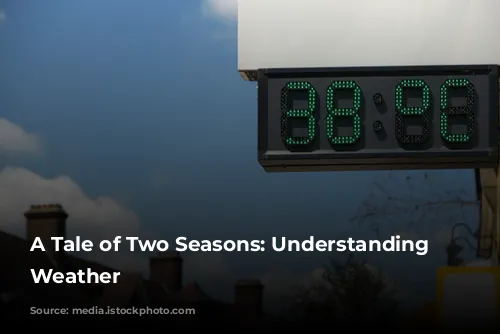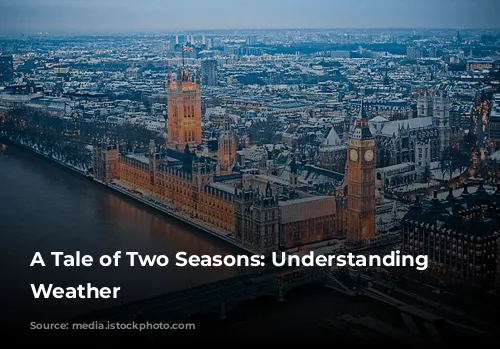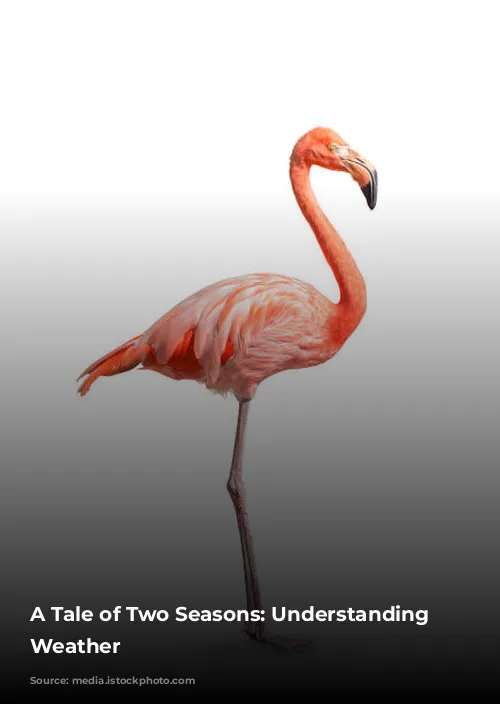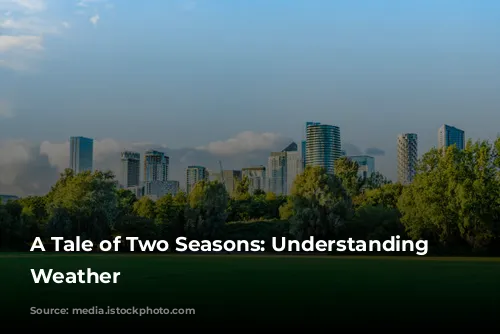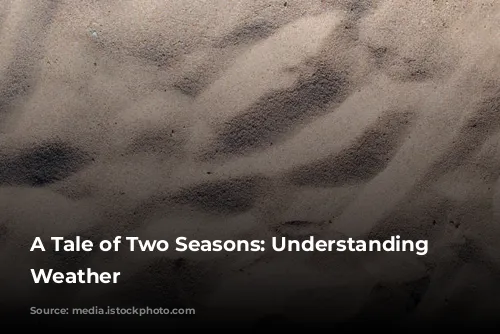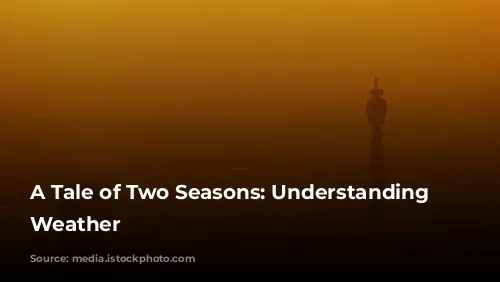London, a city known for its rich history and bustling culture, boasts a distinct duality in its weather patterns. Summer, a fleeting visitor, graces the city with short, comfortable days often adorned with partial cloud cover. Conversely, winter extends its icy grip, casting a long shadow with its bitterly cold temperatures, biting winds, and overcast skies.
Temperatures swing dramatically across the year, ranging from a chilly 39°F (4°C) in the depths of winter to a pleasant 74°F (23°C) during the warmest summer days. Rarely do temperatures dip below a frosty 30°F (-1°C) or soar beyond a balmy 84°F (29°C).
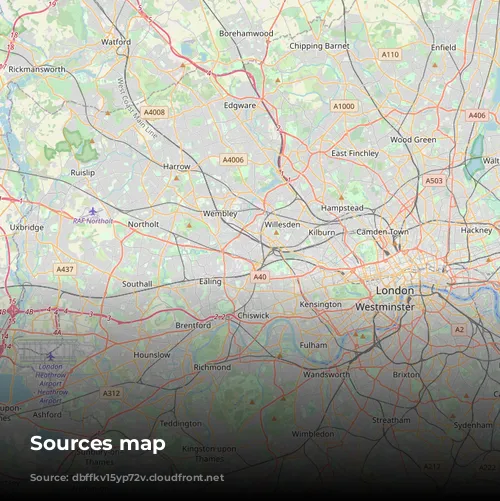
Unveiling London’s Temperature Secrets
Imagine a kaleidoscope of colors depicting the average hourly temperatures throughout the year in London. This is what our temperature chart presents. The horizontal axis guides you through the days of the year, while the vertical axis reveals the hour of the day. The vibrant colors tell the story of how temperatures change from hour to hour and day to day.
Finding Your Twin: A Distant Relative in Temperature
Across the vast expanse of the globe, Picnic Point, Washington, United States (a whopping 4,774 miles away!) shares a surprisingly similar temperature profile with London. It’s like finding a distant relative on the other side of the world!
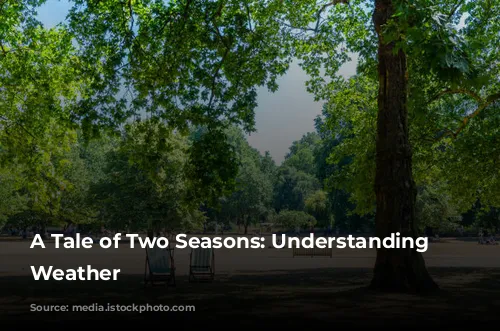
Deciphering the Sun’s Journey: A Visual Guide
Let’s embark on a visual journey to understand the sun’s movements across the sky in London. This chart provides a comprehensive snapshot of the sun’s elevation (its angle above the horizon) and azimuth (its compass bearing) for each hour of every day throughout the year.
The horizontal axis once again guides you through the days of the year, while the vertical axis tracks the hour of the day. Each color represents the sun’s azimuth at that specific moment, painting a colorful picture of its daily journey. The black lines act as contours, revealing areas of equal solar elevation.
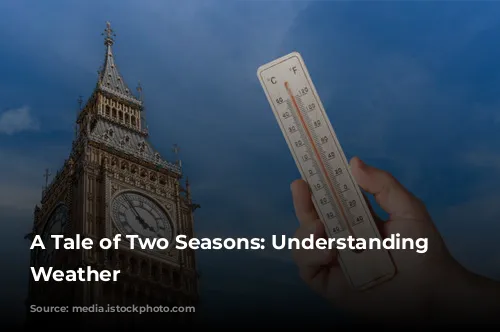
Unveiling the Best Time to Visit: A Tourism Scorecard
To help you plan your London adventure, we’ve developed two travel scores: the tourism score and the beach/pool score. Both are based on a combination of temperature, cloud cover, and precipitation.
The tourism score focuses on general outdoor activities. It favors clear, rainless days with temperatures between 65°F (18°C) and 80°F (27°C). According to this score, the best time to visit London for sightseeing is from late June to early September, reaching a peak in the third week of July.
The beach/pool score, designed for those seeking warm weather activities, favors sunny days with temperatures between 75°F (24°C) and 90°F (32°C). This score suggests that the ideal time for sun-soaked fun is from mid-July to mid-August, with the last week of July boasting the highest score.
These scores are carefully calculated using hourly data gathered from 1980 to 2016. For each hour between 8:00 AM and 9:00 PM, we compute scores for perceived temperature, cloud cover, and precipitation. These individual scores are then combined into a composite hourly score, which is then aggregated into days, averaged over the entire analysis period, and smoothed.
Our cloud cover score is 10 for a crystal clear sky, gradually decreasing to 9 for mostly clear skies and to 1 for an overcast sky. Similarly, the precipitation score (based on three-hour precipitation centered around the hour in question) ranges from 10 for no rain to 9 for trace precipitation, and down to 0 for 0.04 inches of precipitation or more.
Our tourism temperature score starts at 0 for temperatures below 50°F (10°C), rising linearly to 9 for 65°F (18°C), reaching 10 for 75°F (24°C), dropping back to 9 for 80°F (27°C), and finally to 1 for 90°F (32°C) or hotter.
The beach/pool temperature score follows a similar pattern, beginning at 0 for temperatures below 65°F (18°C), rising to 9 for 75°F (24°C), hitting 10 for 82°F (28°C), decreasing to 9 for 90°F (32°C), and finally to 1 for 100°F (38°C) or hotter.
By understanding these scores and their underlying components, you can confidently plan your London trip, ensuring weather conditions align with your desired activities. So, whether you’re seeking historic explorations or sunny days by the river, there’s a perfect time for you to discover the magic of London.
